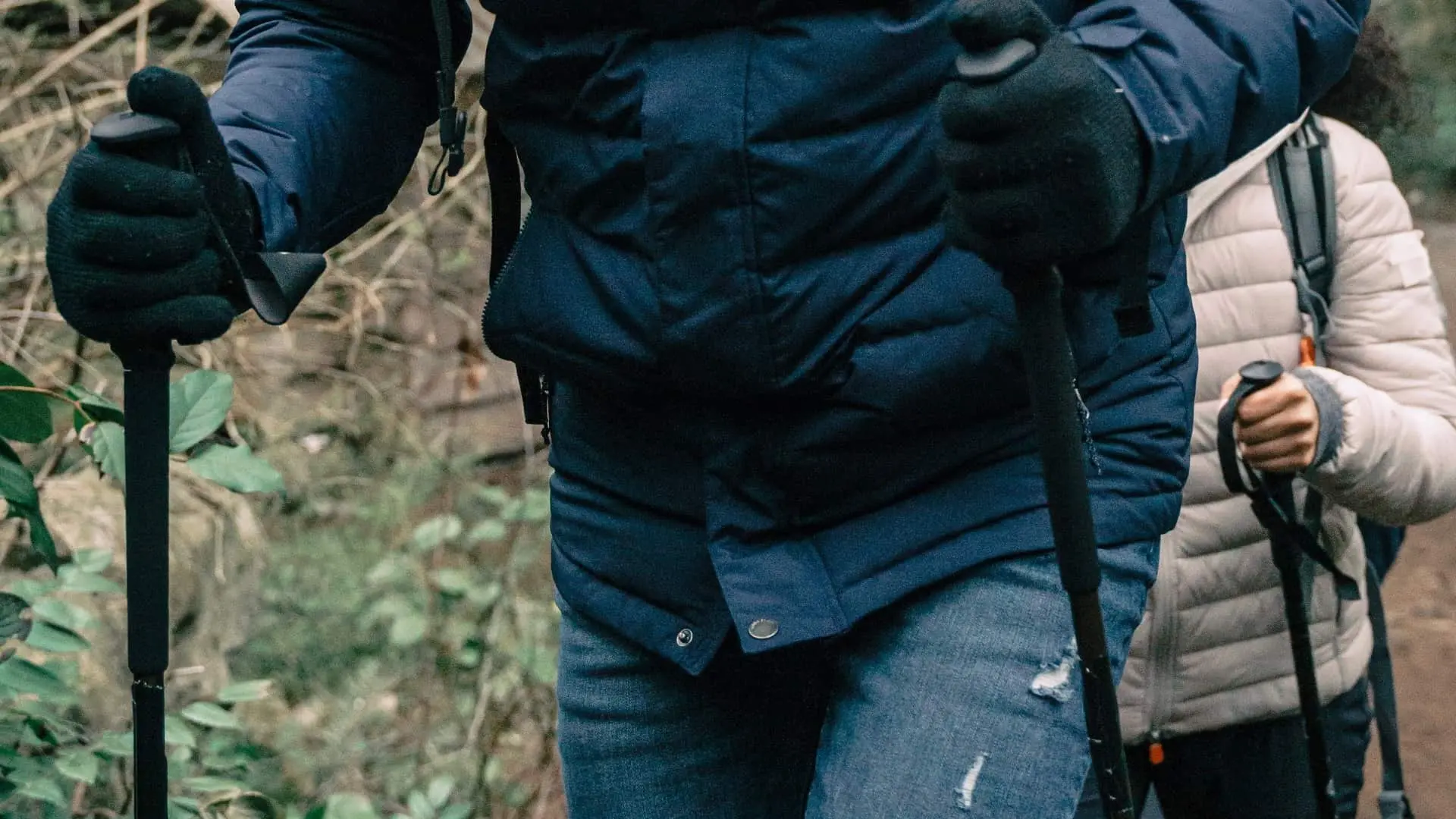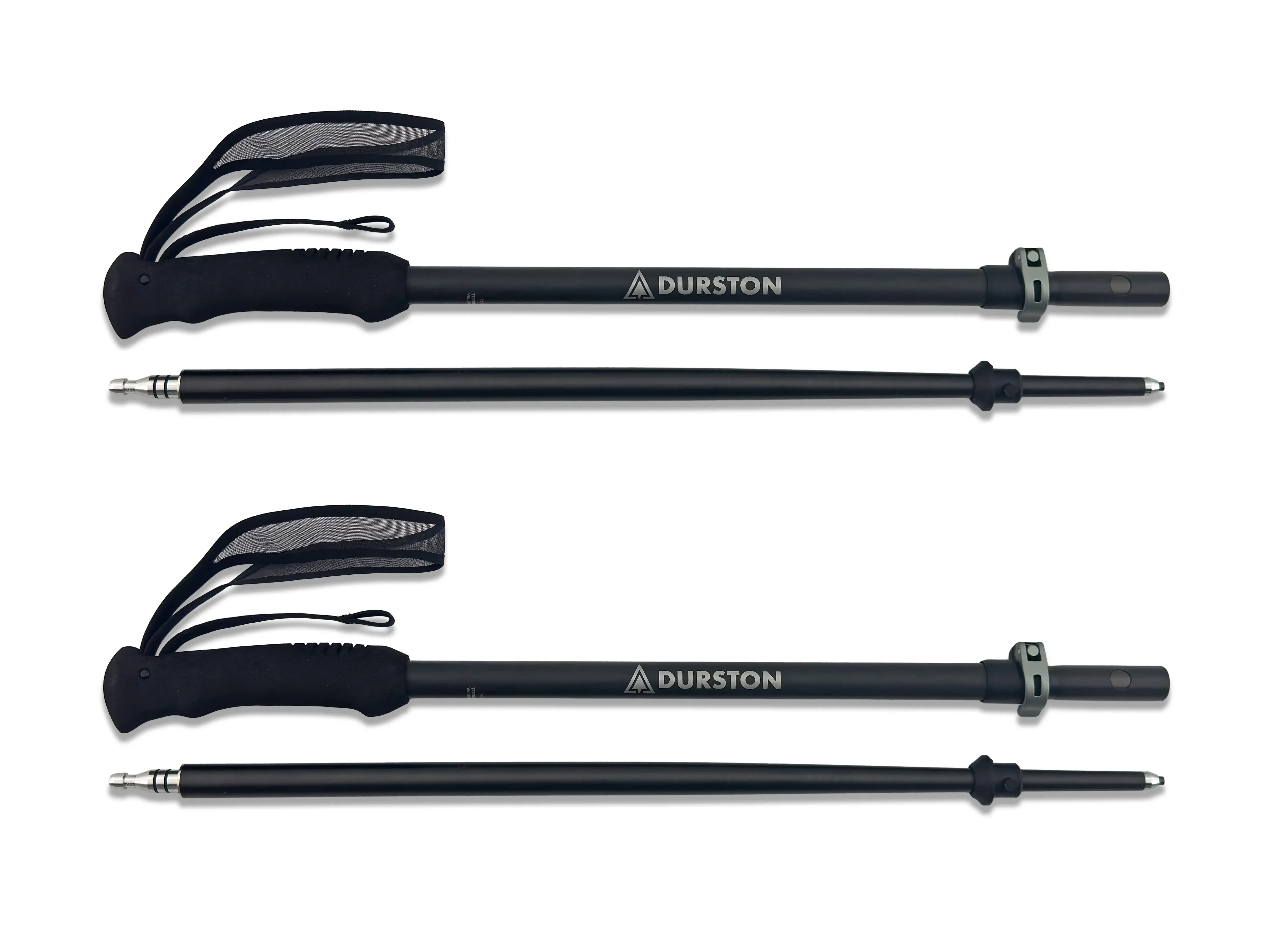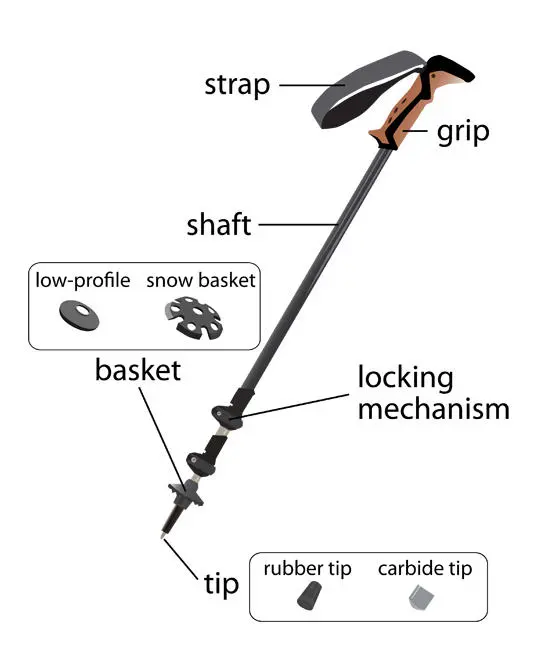Trekking poles are essential tools for creating an enjoyable and comfortable outdoor experience, but their value often goes unappreciated. Therefore, many trekkers may be uncertain how best to utilize this essential item, however this manual aims to clarify their purpose as well as identify key components and provide advice about outdoor adventures.

Benefits of Trekking Poles for Trekkers
Trekking poles will make walking more comfortable by increasing comfort and stability on uneven terrain. Four trekking poles will give you increased confidence as well as greater control, helping reduce knee and muscle stress as you ascend or descend hills, which in turn helps prevent injuries or swelling from ascending or descending hills. In addition, trekking poles can be useful when crossing streams or water crossings as well as working the upper body muscles including biceps and triceps; all while providing physical exertion required for trekking.
Different Types and Characteristics of Trekking Poles
Trekking poles come in different varieties, from adjustable, non-adjustable and folding models. Depending on their purpose or model selection, some may feature accessories like camera mounts and shock absorbers; but it is important to keep in mind that every added feature comes at a cost, increasing their burden. The pole can be customized to provide individual balance and stability across various terrains, as well as shortening to allow climbs uphill and lengthening for downhill descents.

Fixed Position
Trekking poles that feature no height adjustments provide constant height throughout use. These are lightweight poles ideal for sports that demand constant playing conditions like rugby, football or skiing, in which regular height adjustments may be required; such equipment could prove essential to athletes participating in these activities. They differ from standard adjustable poles because they don't extend out. Instead, these tent poles have been made for portability - something ultramarathon runners love about them.
Components of a Trekking Pole

Pole Strap
Pole Strap A pole strap is used to keep a pole securely in its place, providing support and adjustability depending on style and quality. An adjustable strap with padding could increase comfort for wrists while making trekking pole use more pleasurable.
Trekking pole grips
Trekking pole grips typically consist of materials like foam, rubber or cork, there are different styles and sizes designed to accommodate various hand styles. When purchasing your trekking pole be sure to test out its grip for yourself to ensure an ideal fit - foam and cork grips often offer superior grip protection even when hands become damp or sweaty; however they tend to cost more; alternative grip options may offer better solutions such as mixing rubber with cork which offers the best of both options, providing hybrid solutions which could save costs in terms of grip protection as an effective hybrid alternative - an ideal hybrid option can provide.
Trekking Pole Handle
The shaft is the cornerstone of any trekking system, accounting for much of its weight. Aluminum or combination aluminum/carbon fiber poles typically make up most shafts as these materials have greater durability and cost efficiency; carbon fiber poles may be more costly but more prone to damage under high tension environments.
Basket
Trekking poles come equipped with an incredibly compact basket that is disassembled for easier navigation through snow or muddy conditions. However, you may opt to replace this basket with something more robust when encountering more challenging terrain such as powder snow.
Steel Tips
This component typically comprises an aluminum structure with carbide or hardened steel tips for greater strength and penetration, making insertion easier into uneven or rocky terrain while increasing security. Furthermore, they often come equipped with rubber covers to cover their sharp edges for additional safety when transporting equipment or using poles in outdoor environments.
Trekking Pole Locking Systems: A Guide for Safe Trekking
Every trekking pole features its own locking mechanism to protect it from accidentally collapsing while on the move and to facilitate length changes. There are various locking systems available such as external and internal push-button or combination locks which meet different trekker needs and expectations.
Locking with a turn: Mechanism and Advantages
A turn allows the extension and retraction of shaft segments for more secure and reliable locking capabilities. Outside Control Handles External levers act as clamps to hold shaft segments together. If you wear gloves when operating your pole, this method of locking may prove more efficient and comfortable than traditional methods of securing it.
Once activated, push buttons become locked to their sockets. In order to unlatch it again and release it from its position in its socket, repressing it must occur first before its shaft can move forward and secure its place next. Sometimes this mechanism could be more intricate than expected so as to accommodate people without gloves who want to use it.
Poles designed for locking are equipped with multiple locking systems to increase effectiveness and strength, including two lever locks at the top shafts as well as rotating locks in their lower portion.Overall, trekking poles can enhance your trekking experience. To select the appropriate type is up to both your budget and personal tastes.
